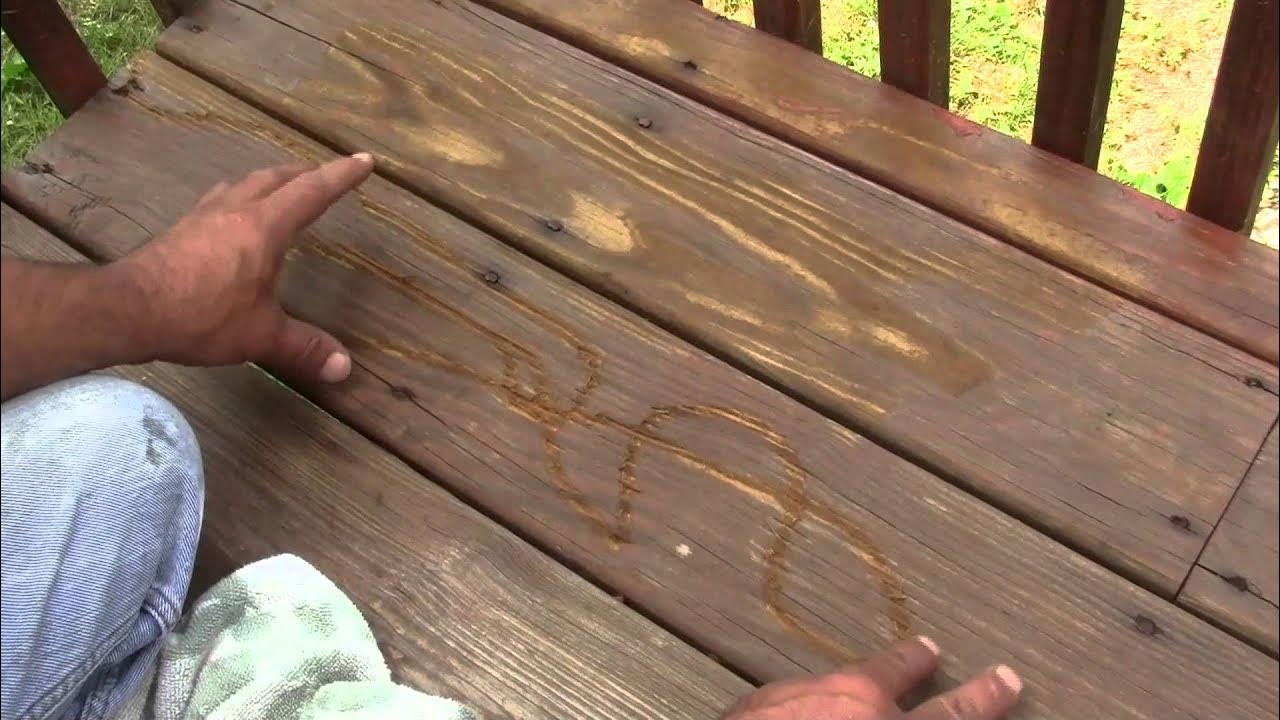
Pressure washing is a powerful tool that can restore dirty siding, driveways, fences, and decks to like-new condition. But it’s not a one-size-fits-all solution—and in the wrong hands, it can do more harm than good. 😬
Some surfaces are simply too delicate, too porous, or too risky to blast with high-pressure water. In this article, we’ll break down the materials you should never power wash—and what you should do instead. 💡🧼
⚠️ Why Certain Surfaces Can’t Handle Pressure
Pressure washers can deliver 1,200 to over 4,000 PSI (pounds per square inch) of water force. That’s more than enough to:
- Carve into wood
- Crack siding
- Strip paint
- Shatter glass
- Damage sealants or mortar
Even a quick blast in the wrong spot can result in costly repairs or permanent damage.
🧱 Surfaces You Should Never Power Wash
❌ 1. Asphalt Roof Shingles
Asphalt shingles are made with a granular surface that protects against UV rays and weather.
Power washing:
- Strips away granules
- Weakens the waterproof seal
- Can void your roof warranty
- Leads to premature aging
🛑 Solution: Use a soft wash method with a low-pressure pump and algae-removing solution.
❌ 2. Old or Cracked Brick
While newer, sealed brick may withstand moderate pressure, older brick can:
- Crumble or flake (known as spalling)
- Lose mortar from the joints
- Absorb water and freeze, leading to cracks
🧱 Solution: Gently clean with a garden hose, masonry brush, and mild detergent.
❌ 3. Lead Paint Surfaces
If your home was built before 1978, there’s a good chance it contains lead-based paint.
Pressure washing these surfaces can:
- Release toxic paint dust into the air
- Contaminate soil and water
- Pose serious health risks
☠️ Solution: Hire a certified lead abatement contractor.
❌ 4. Electrical Panels and Fixtures
Never aim a pressure washer at:
- Outdoor outlets
- Electric meters
- Security cameras
- Lighting fixtures
💥 Water and electricity don’t mix. You could cause shorts, fires, or electrocution.
🔌 Solution: Cover electrical boxes with plastic and wash around them carefully.
❌ 5. Wood Furniture or Antique Items
Old wooden benches, decorative signs, and vintage porch furniture may have:
- Fragile joints
- Flaking paint
- Water-sensitive finishes
💦 High pressure can ruin their structural integrity or appearance.
🪑 Solution: Use a gentle scrub with soap and water, then reseal or repaint if needed.
❌ 6. Windows and Glass Doors
Pressure washers can easily:
- Crack window panes
- Blow out caulking
- Force water into walls or frames
🌬️ Solution: Clean glass with a squeegee, hose, or low-pressure soft brush.
Browse Amazon Here For Top Rated Power Washers And Accessories
❌ 7. Vehicles with Custom Paint or Wraps
Pressure washing your car is fine—as long as you’re careful. But vehicles with:
- Matte finishes
- Vinyl wraps
- Custom decals or pinstripes
…can be damaged by high pressure or the wrong nozzle.
🚗 Solution: Use a foam cannon, low-pressure rinse, and microfiber wash mitt for car cleaning.
❌ 8. Soft or Delicate Stone Surfaces
Limestone, sandstone, and slate are porous and brittle. Pressure can cause:
- Surface etching
- Water absorption
- Cracking or flaking
🧽 Solution: Stick to soft-washing or hire a pro with experience on delicate stone.
❌ 9. Painted Wood Siding (in Poor Condition)
Old or peeling paint can be easily stripped by pressure washers—which might seem helpful, until it rips off more than you intended.
🎨 Solution: Scrape and sand manually before repainting. If washing, use low pressure with caution.
❌ 10. Laminar Decking or Composite Boards (Depending on Manufacturer)
Some composite decking is pressure-washer safe—others aren’t. Always check the manufacturer’s guidelines. Too much pressure can:
- Void the warranty
- Create visible streaks
- Damage the wood-plastic blend
🪵 Solution: Use mild soap, a soft brush, and a hose for general cleaning.
🧯 Surfaces You Should Approach With Caution
These aren’t always off-limits—but they do require special care:
- Stucco: Use low pressure and a wide nozzle
- Cedar shake siding: Clean gently or soft-wash only
- Wood decks: Only use pressure under 1,500 PSI and keep the nozzle moving
- Driveway joints and pavers: Use a surface cleaner to avoid dislodging sand
⚙️ Know your pressure settings, nozzle angle, and distance from the surface—technique matters as much as the surface itself.
✅ General Safety Tips
- Start with the widest nozzle (40°)
- Keep at least 12–18 inches away from any surface
- Test a small hidden area first
- Read the manufacturer’s instructions on both your washer and the surface you’re cleaning
👀 When in doubt, ask a pro. Better safe than sorry!
🔁 What to Do Instead
If a surface shouldn’t be power washed, try:
- Soft washing (low pressure + cleaner)
- Hose + soft brush combo
- Specialty cleaners for mold, algae, or rust
- Hiring professionals with the right tools
🌿 Many modern soft wash solutions are biodegradable and pet-safe, offering effective results without the risk.
✅ Final Thoughts
Pressure washers are incredible tools—but they’re not magic wands. Some surfaces simply aren’t built to withstand that kind of force.
Know what’s safe, what’s not, and where to draw the line. You’ll avoid costly mistakes, preserve your home’s integrity, and still get that sparkling clean finish you’re after. ✨💦🧼
Browse Amazon Here For Top Rated Power Washers And Accessories






